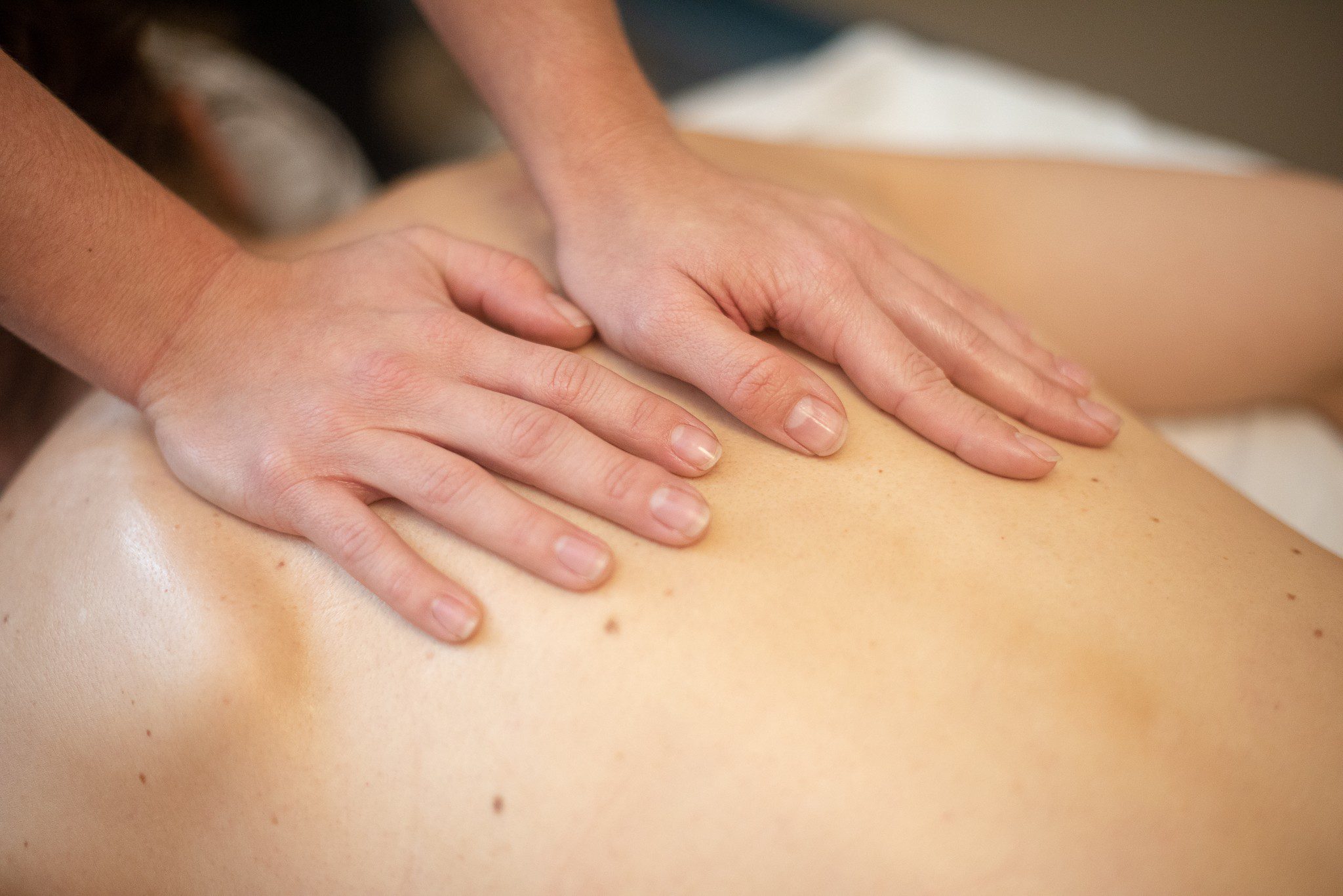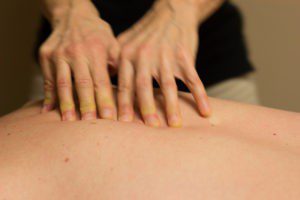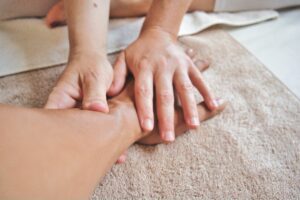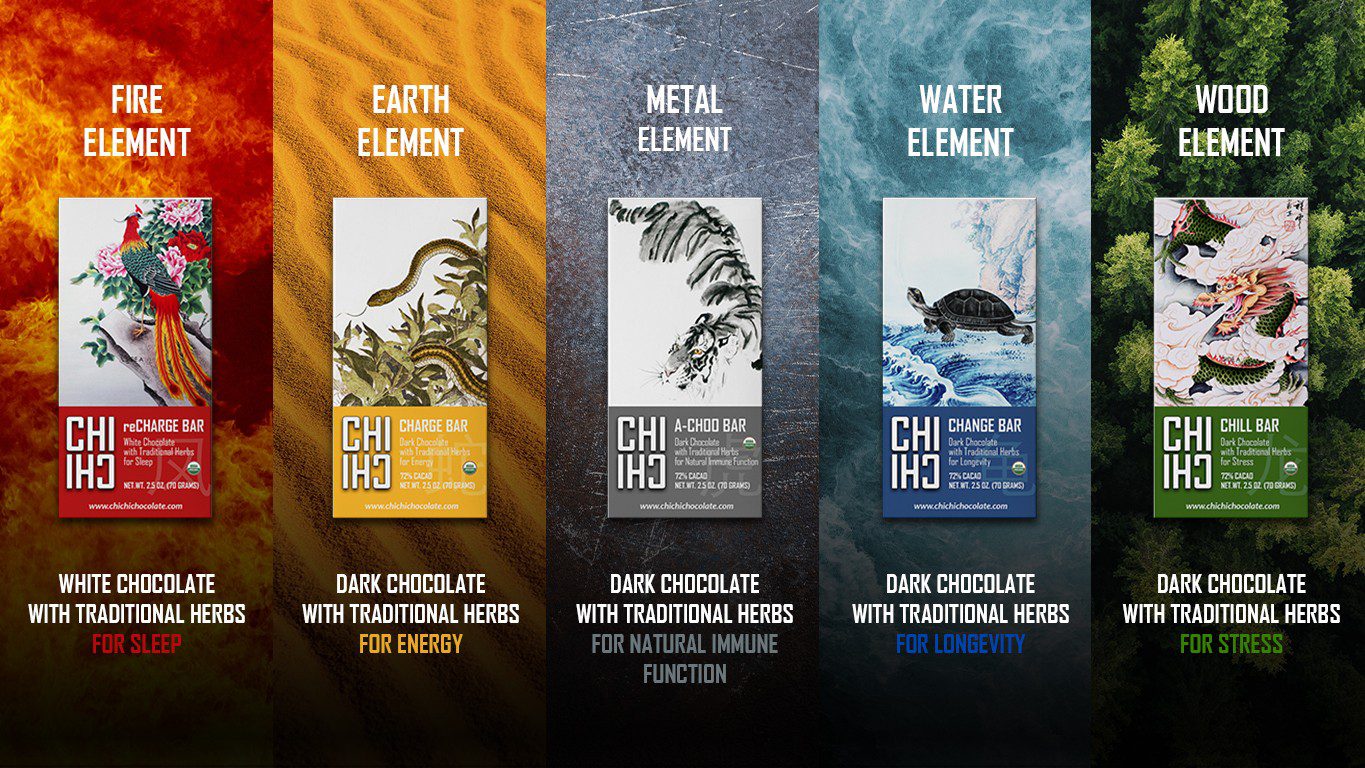Tuina (or Tui Na) is a type of Traditional Chinese Medicine (TCM) that involves the manual manipulation of tissue between joints. Like many other forms of TCM, it works to alleviate any blockages or stagnations that might be happening in the body and return the body’s natural energy flow back to balance. The underlying principle behind Tui Na and TCM is that our bodies have Qi (energy) flowing through the eight meridians, or systems, of our bodies at all times. When it becomes blocked, we are susceptible to disease and illness.
History of Tui Na
According to the Pacific College of Oriental Medicine, Tui Na has roots dating back more than 2,000 years to ancient China. It’s unknown who exactly pioneered the practice, but Tui Na gradually became more popular as it spread throughout Asia–and eventually the rest of the world. Today, Tui Na is even used in many Chinese hospitals as a standard form of treatment and rehabilitation. In the United States, it’s commonly used in conjunction with acupuncture for even greater benefits.
It doesn’t stop there: moxibustion, fire cupping, herbalism, and qigong are all often used with tuina. After the practitioner identifies the patient’s problem, they will decide the best course of action regarding treatment. This may solely be Tui Na, or it may consist of a combination of Tui Na and other forms of TCM mentioned.
One of the advantages of tuina over simple massage is the ability to focus on specific problems. While it is very effective for joint pain, muscle spasms, chronic pain, stress-related disorders, and musculoskeletal problems, tuina actually does more than just work on the bones, muscles, and joints. It works with the energy of the body at a much deeper level and can actually help prevent problems before they arise. By keeping the energy in balance, overall health is maintained long term. When physical health is maintained, mental and emotional health can also be maintained more effectively.
Tui Na is can treat and prevent a wide variety of adverse conditions, some of which include the following:
- Muscle knots
- Arthritis
- Chronic pain
- Ankle disorders
- Sciatica
- Muscle spasms
- Stress
- Insomnia
- Constipation
- Headaches
- Digestive disorders
- Respiratory problems
Unfortunately, tuina may not be for everyone. All good TCM practitioners will be able to inform you if tuina is not the right option. Specific contraindications would include things like fractures, infections, open wounds, lesions and phlebitis or deep vein thrombosis. In the presence of these conditions, tuina should not be utilized. But generally, tuina is a wonderful weapon in the arsenal of TCM practitioners and many people can benefit from it.
What to Expect
Tui Na is not a relaxing type of massage. Instead, it can be quite vigorous and people may feel a little sore after the first session. This is purposeful, as it allows a higher level of focus than what other bodywork typically call for.
While the exact process may vary depending on the practitioner, the patient’s preference, and the condition, a typical Tui Na session lasts between 30 to 60 minutes. During this time the practitioner will manually manipulate (brush, roll, press, rub, etc.) the areas between the joints in an attempt to correct blockages of Qi while simultaneously stimulating the body’s defensive mechanism (Wei Qi).
Is Tui Na the right practice for you? There’s really no way to tell without trying it for yourself. Tens of thousands of people have reported success using this non-invasive practice to treat their adverse conditions, so give it a shot. Contact us with any questions or schedule an appointment online today!









